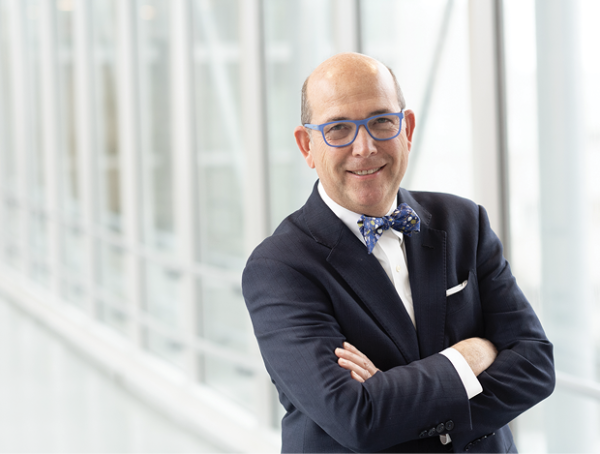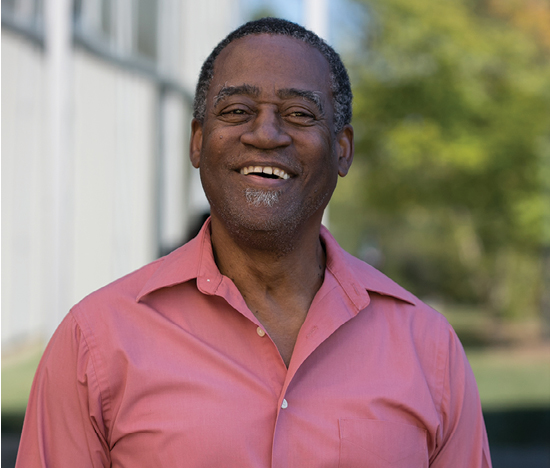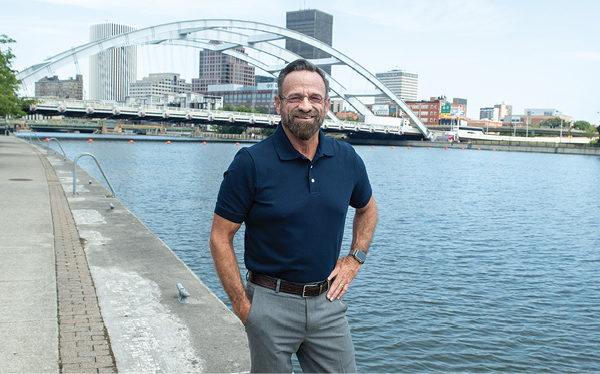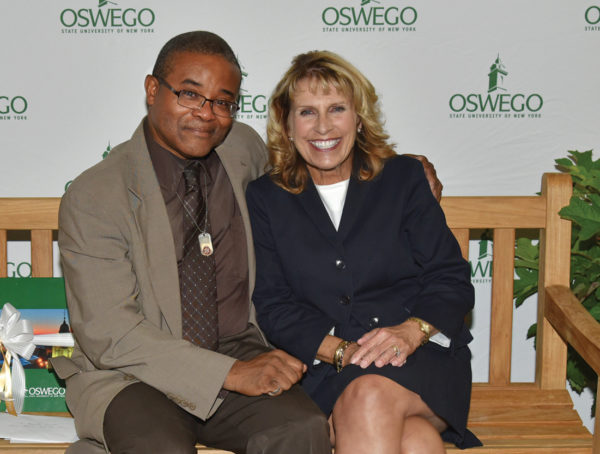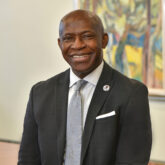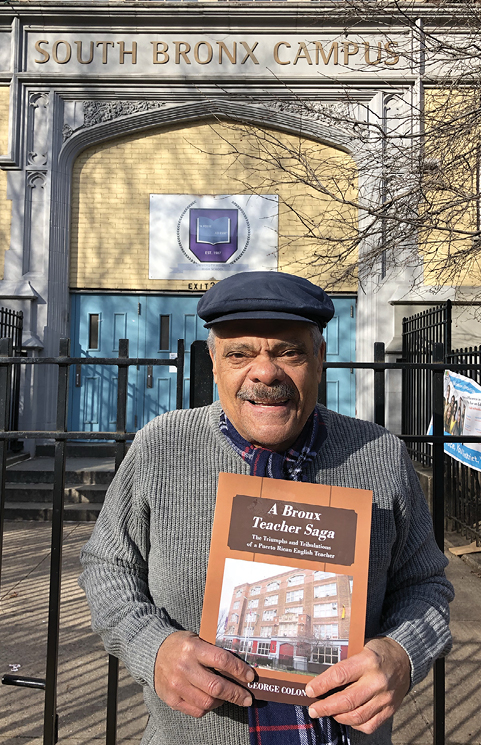
Born in Puerto Rico, George Colon ’71 grew up in the South Bronx, earned degrees in English and education, and taught English and Spanish in Bronx schools for 30 years. The text here is an excerpt from his book, A Bronx Teacher Saga: The Triumphs and Tribulations of a Puerto Rican English Teacher (Outskirts Press, 2018).
Evenings, a sweet breeze relieves the summer heat across the campus of the State University of New York, College at Oswego that later in winter becomes a fierce cold wind. When spring returns and the snows subside, the sun slowly melts behind the distant line where the northern New York skies meet the waters of Lake Ontario. An orange-hued horizon gives way to night and fixtures of stars almost low enough to touch. In September 1967 Oswego’s quiet, bucolic setting welcomed this young man from the South Bronx’s urban sprawl. Its small-town feel felt conducive to study and to the quiet contemplation I desired.
I’d gone there fleeing figurative flames of poverty and social unrest that in turn lit literal flames in my South Bronx, by then burning in social decay. I’d hope to return and with waters of knowledge to help extinguish those flames. Many wonderful human beings nurtured those desires, planting and watering seeds of knowledge that germinated and bore fruit. Post-Oswego, I returned to my South Bronx roots, working in community social programs before finding my true calling as a teacher of English and a writer. Two World War II veterans stand out.
Professor Wesley Sweetser, with a limp, the product of Japanese machine guns, taught me style in Freshman Composition. Praising my writing, he urged an economy of words, explaining, with Sheridan Baker, author of our textbook, the Complete Stylist, that “…Less is more. A diamond in the rough doesn’t shine.” With his emphasis on constant revision, and the need for strong, active verbs in lieu of passive ones, Dr. Sweetser still teaches me through the decades.
In Foundations of Education, Dr. Vincent Barone, a warm, charming human being, taught me the rudiments. Philosophy of education. The Greeks. The English philosopher John Locke and his Tabula Rasa, or blank slabs upon which the environment leaves its impressions and shapes us. He also introduced me to the Swiss psychologist Piaget, the other sides of a coin that as a teacher, I’ve tossed often. Piaget says human beings act on these stimuli and shape the world. Upon Dr. Barone, this World War II bombardier who decimated people from a bomber plane, the horrors of war left a negative impression. Rather Dr. Barone, a humanitarian, shaped his positive environment and spoke of social considerations. He taught us some teaching methodology and some psychology of education.
“Understand student problems,” he emphasized. “It’s not just instilling knowledge that’s your job but overcoming the obstacles to that task.” Yes, he, too, still teaches me.
Returning home, I later started teaching at South Bronx High School amid then burnt out tenements near my old neighborhood. Exactly where I wanted to be, at the home of the Phoenix, the school mascot, teaching children to read and to write and to rise like that mythical bird that ascends from the fires into the sky. And with those Oswego waters, I fancy I helped put out those flames.
Thank you, Oswego. —George Colon ’71
You might also like
More from Last Word
The Last Word: Queer Eye for the Alumni
The Last Word: Queer Eye for the Alumni I am a queer alumnus (Class of '09!) who now teaches in the …
The Last Word
The Last Word Education Key to Creating Change Life is about the possibilities and obstacles. It’s what you do with the two …
The Last Word: Memories of My Alma Mater and My Mentor
The Last Word: Memories of My Alma Mater and My Mentor How does time race by all of us so quickly? …







